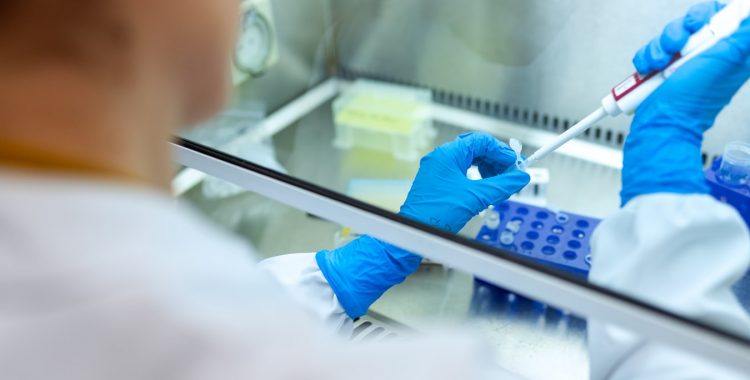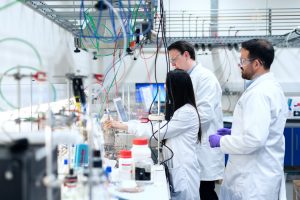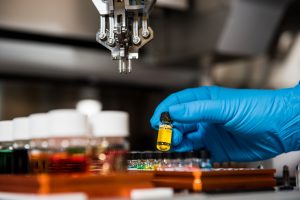
Labs are improving their testing capacity to increase the efficiency of laboratory operations, which in turn translates into better health care outcomes for patients and improved productivity and profitability? This is a complex topic with multiple and often contradictory viewpoints. The good news is that there are some broad areas of focus that are converging to produce an overall picture. In this article I will briefly outline what I believe to be some of the more important trends in lab performance improvements, focusing especially on issues associated with test automation.
The first area of convergence occurs when we look at the types of laboratories that use laboratory testing equipment. The last decade has seen an explosion in the development of laboratory instruments and equipment that are designed to facilitate the accurate measurement of numerous physical variables. This type of equipment can be grouped into two general categories: those used exclusively for the analysis of biological samples and those used exclusively for the generation and determination of test results. The advent of this new technology led to an increase in the number of laboratories that have both of these types of instruments as well as increased demand for their use.

Lab Equipment And Effectiveness
Instrumentation is not the only aspect of performance improvement that is converging to produce an overall improvement. The increasing sophistication of laboratory software allows scientists and technicians to perform multiple tasks simultaneously. As this trend gains momentum and becomes integrated with other aspects of performance improvement, the integration of laboratory management functions such as scheduling and billing, the ability to manage inventory, and the ability to communicate with external suppliers of laboratory services, this convergence is likely to accelerate.
Another convergence occurring among laboratories is the increase in the number of professionals trained in laboratory test design and diagnostic analysis. These professionals are critical to the success of each phase of the laboratory lifecycle. Increasingly, they are required to train all laboratory staff in the process by which laboratory instruments are developed and manufactured as well as how to use them.
What can we learn from the recent trends regarding how laboratories are improving testing capacity? It appears that some of the most important areas of focus are the need for training, the need for greater specialization in laboratory tests (particularly when instruments are newly developed), and the need for training and education for staff in how to better communicate with other laboratory personnel, clients, and outside customers. {and vendors. {who provide laboratory testing services. In addition, many researchers are finding that they can reduce the cost of laboratory testing by implementing a variety of changes that reduce errors in laboratory results.
Results And Testing
Of course, we can also learn from the trends concerning the overall increase in the effectiveness of laboratory operations. {that are reflected in improved patient safety, the reduction of unneeded drug tests, the reduction in patient infection rates, and the decrease in the number of adverse events due to laboratory tests, and the resulting decrease in the number of staff needed to provide these services. Overall, the trends I mentioned in this article suggest that the converging forces behind laboratory testing are making our lives much easier. {or simpler in some cases. While I hope this article helps you understand the converging trends that are shaping our laboratory activities, I would like to end with a brief summary of what we can learn from these trends for our own benefit and to give some insight into what you can expect to see in the future.






